Gallery: Inside Aerolineas Argentinas’ EZE Facilities
Lindsay Bjerregaard Lee Ann Shay February 27, 2023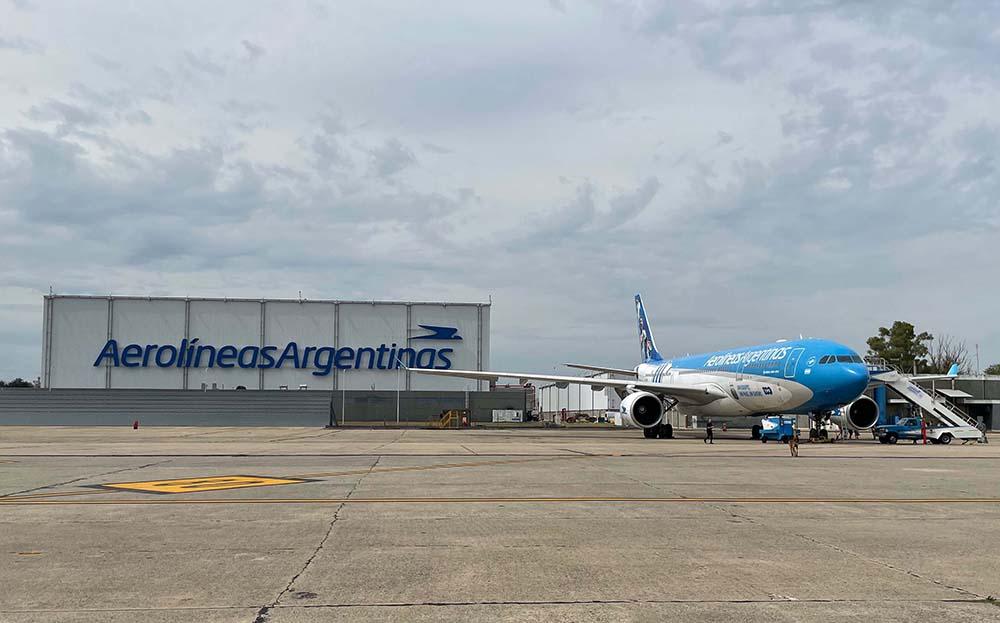
Behind The Scenes
Aviation Week visited Aerolineas Argentinas’ Ezeiza International Airport (EZE) facilities during MRO Latin America on Feb. 23, 2023. The editors got an inside look at the airline’s warehouse facilities, maintenance hangars, engine shop and training center.
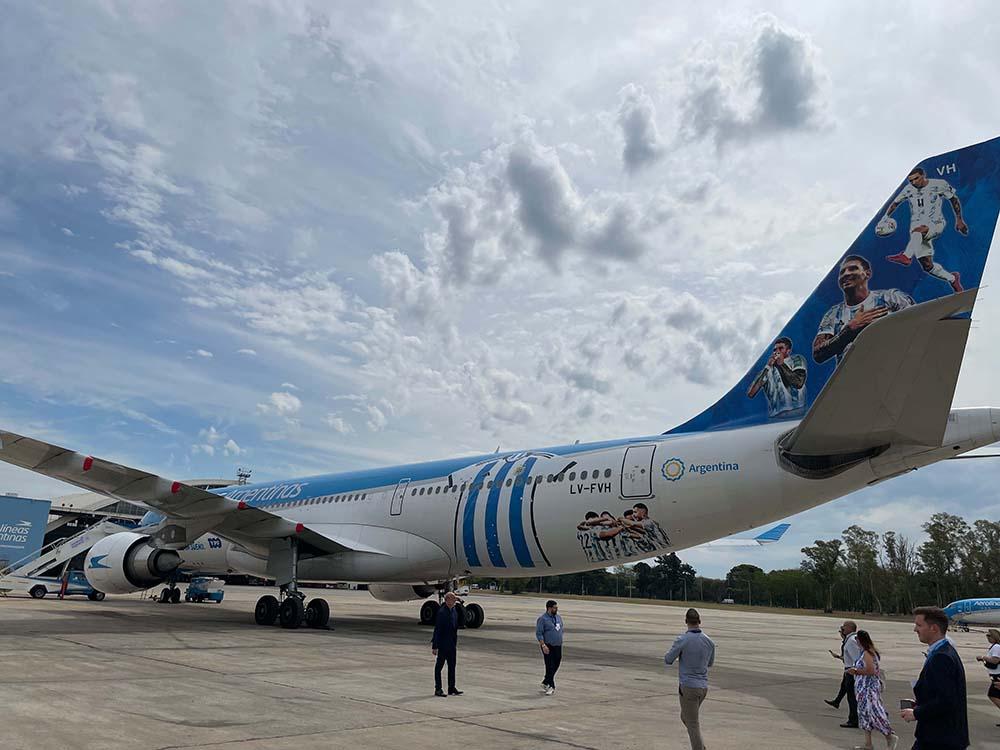
World Cup Pride
Parked on the tarmac in between the airline’s hangars was the aircraft used to transport Argentina’s 2023 World Cup-winning football team. It features a custom livery with photos of the team’s players and uniform.
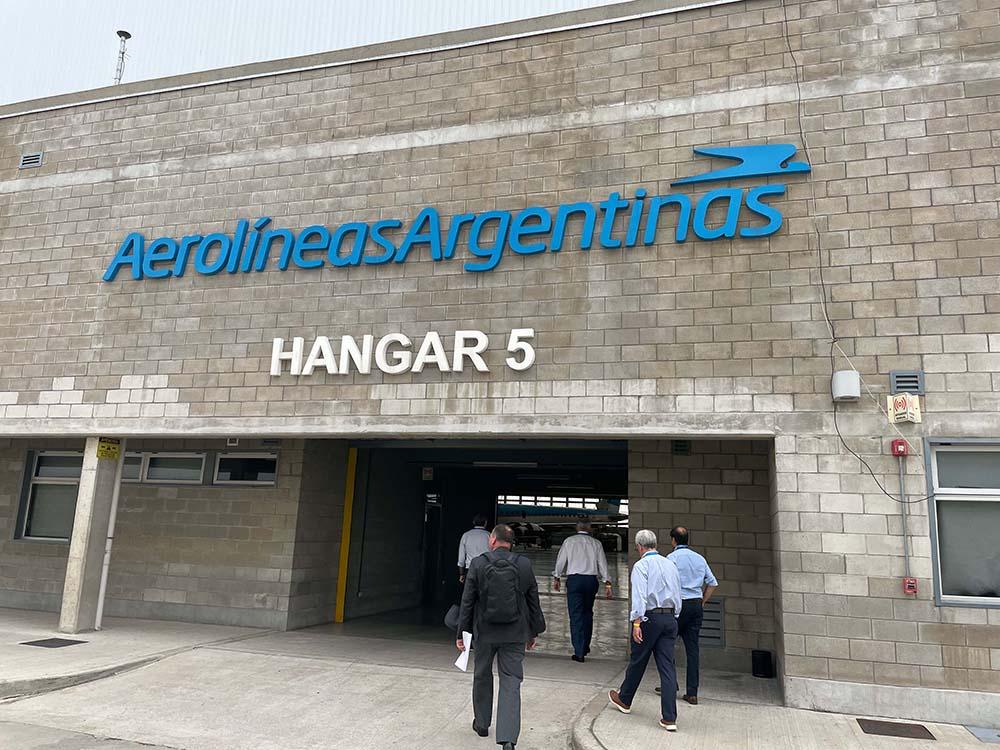
Newest Hangar Facility
Aerolineas Argentinas operates four hangars at Buenos Aires airport. Hangar 5 is the newest.

Inside The Hangar
Hangar 5 can house four narrowbodies or a widebody aircraft, including the Airbus A380.

Aircraft Visits
Three Austral Embraer E190s were in for maintenance on Feb. 23. Aerolineas Argentinas Tecnica was performing two C checks and one landing gear scheduled maintenance.
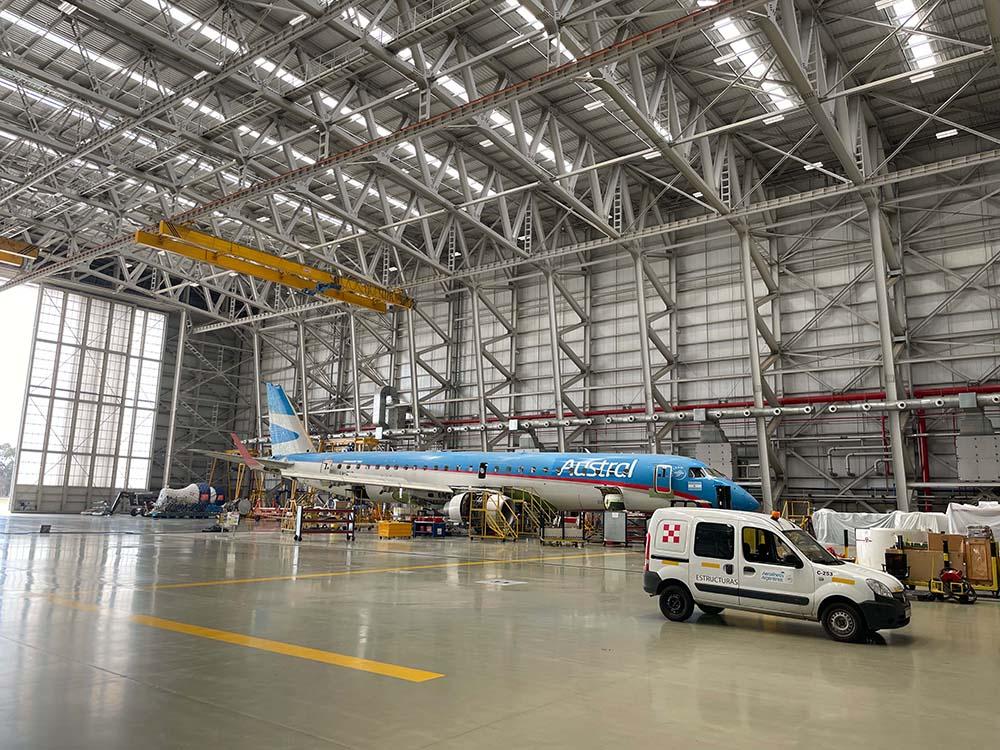
Shop Setup
Hangar 5 includes shops for seats and interiors. Various other backshops are housed in other hangars.
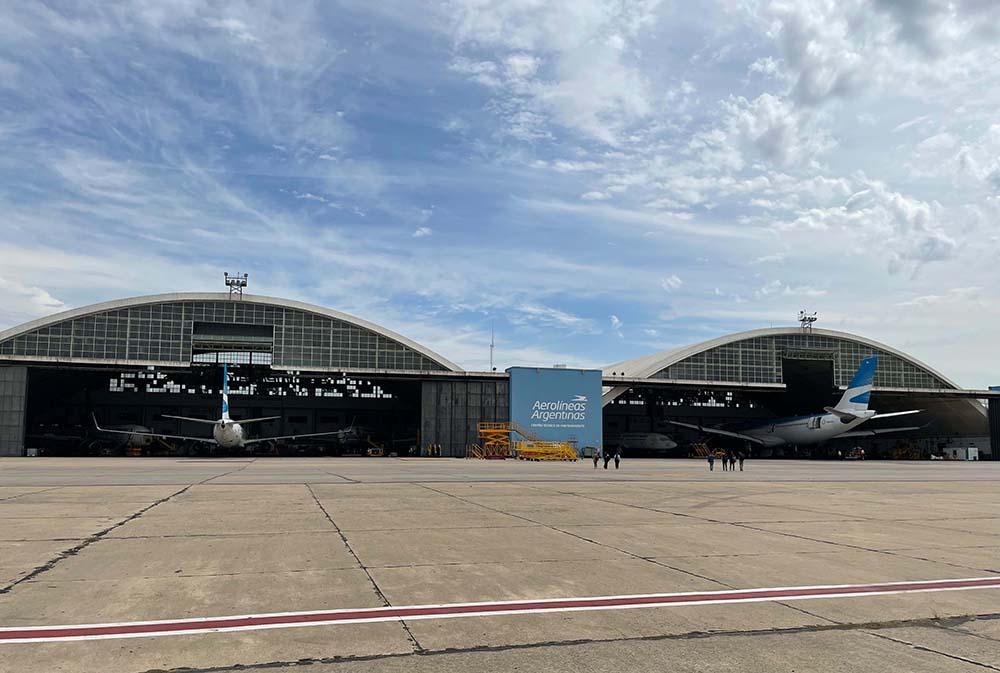
Connecting Hangars
Across the tarmac from Hangar 5 are two additional hangars that connect to Aerolineas Argentinas’ engine shop.
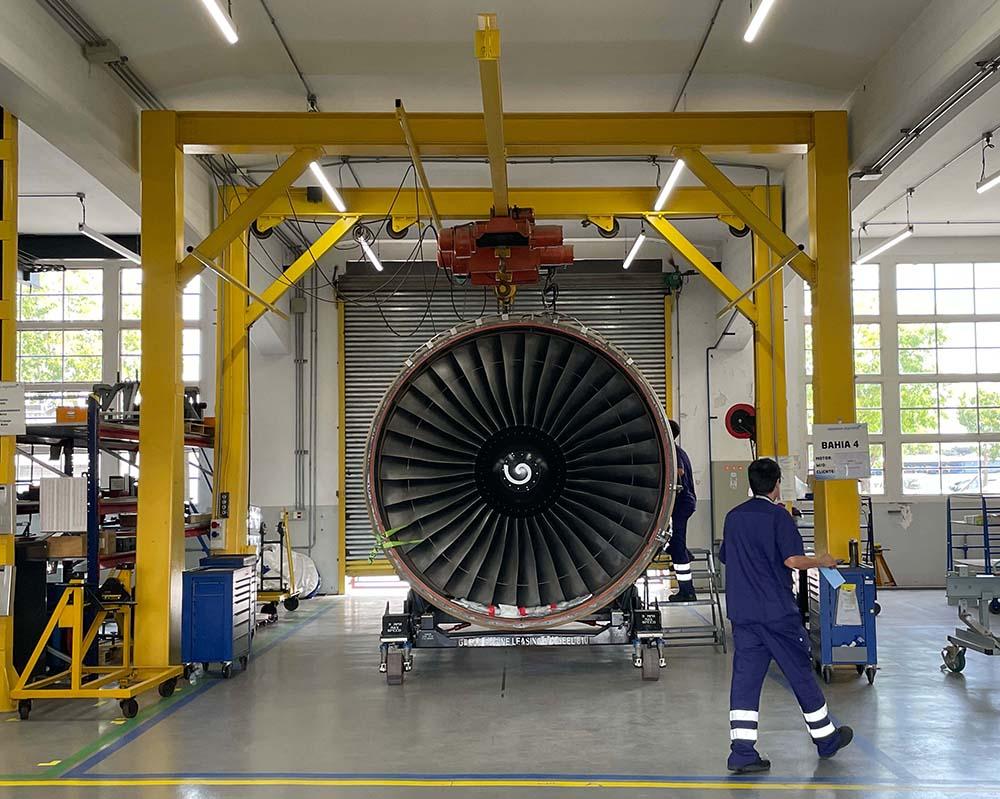
Engine Shop
The engine shop performs hospital shop visits for CF6, CF34, and CFM56-5C and -5B powerplants. Engine tests are performed on-wing. Aerolineas plans to increase its CFM56-7B capacity up to performance restoration by the end of 2023.

Regulatory Approvals
Aerolineas Argentinas’ engine shop is approved by the National Civil Aviation Administration of Argentina and FAA. It also hopes to achieve European Union Aviation Safety Agency approval this year.
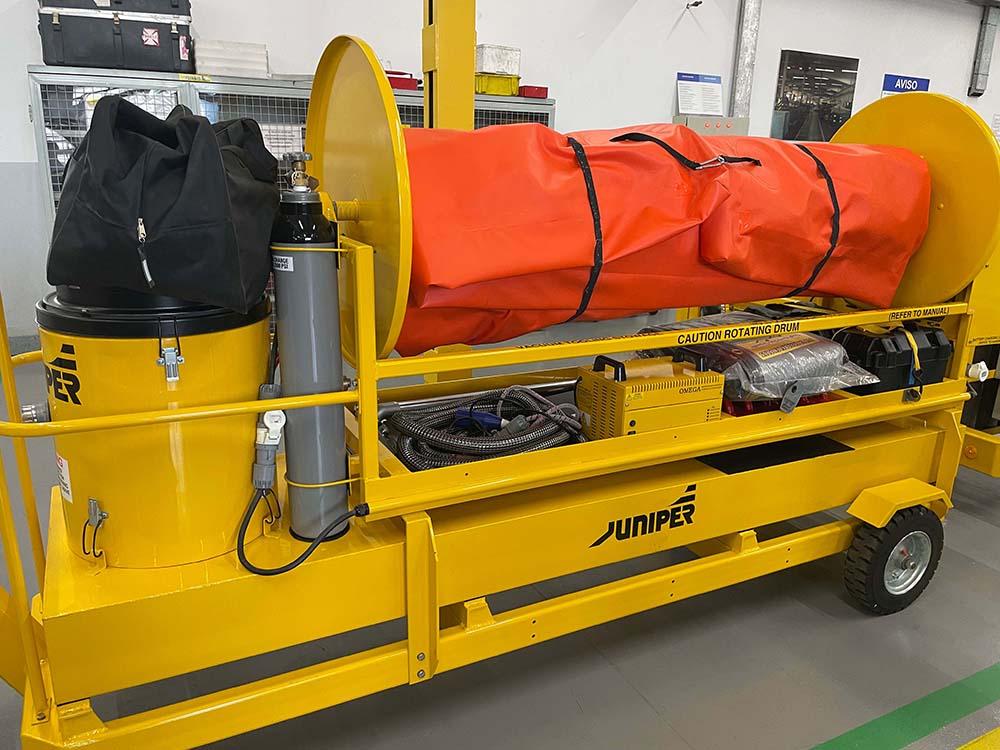
Engine Washing
Aerolineas Argentinas uses a Juniper engine wash system for its engines. It performs engine washes at around 1,000 cycles.
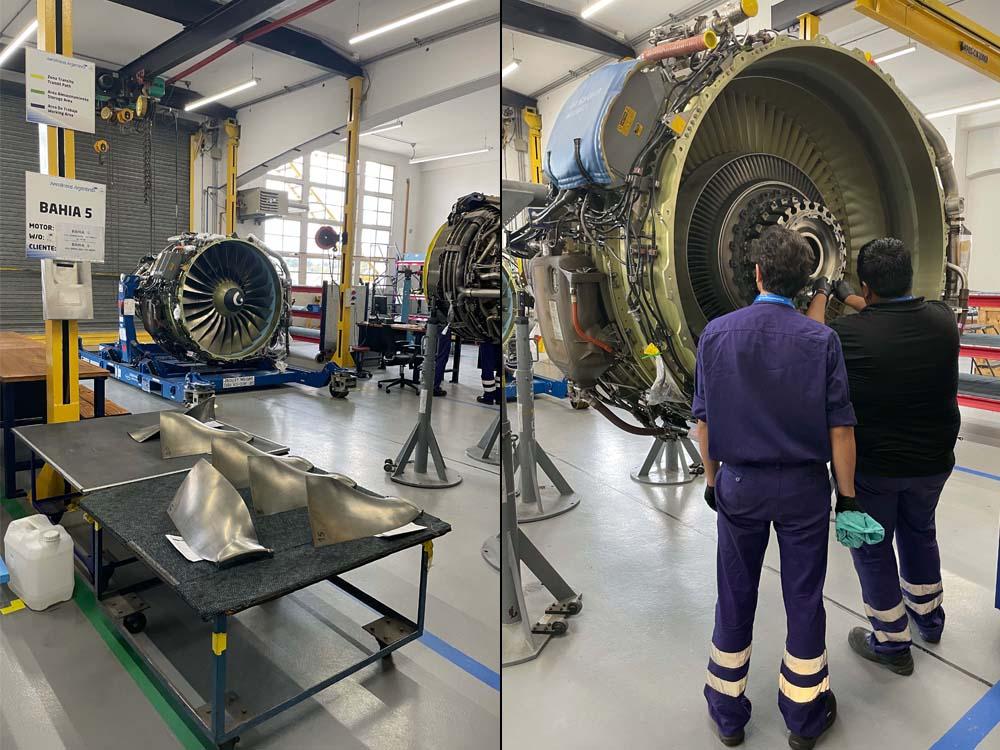
Prepping Spare Engines
This CF6 (pictured right) is undergoing maintenance before the airline adds it to its spare engine pool.
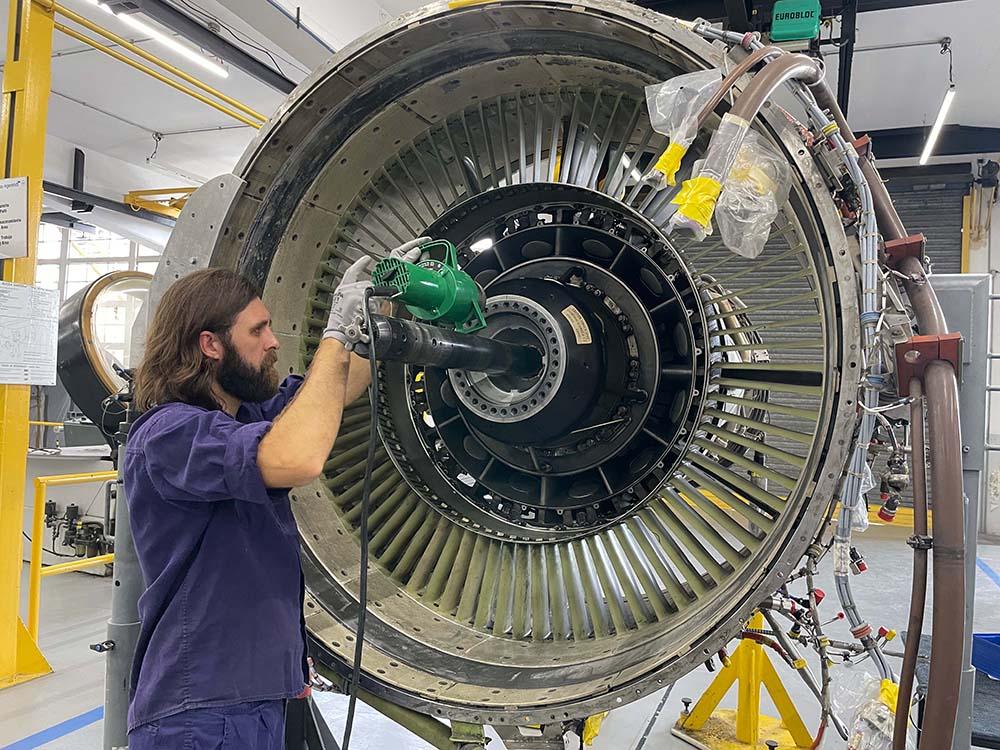
Unscheduled Maintenance
The engine shop works on about 15-20 engines per year. All come in for unscheduled maintenance.

Borescope Inspection
This Flybondi engine is undergoing a full borescope inspection.
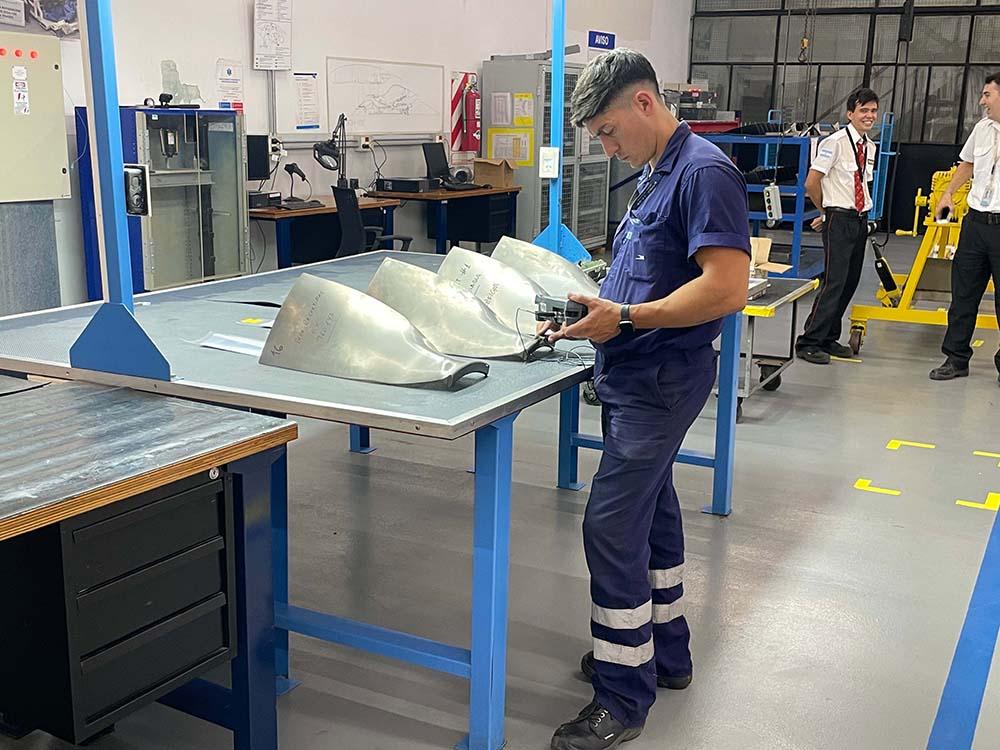
Ultrasonic Inspection
A mechanic performing ultrasound inspections on blades.
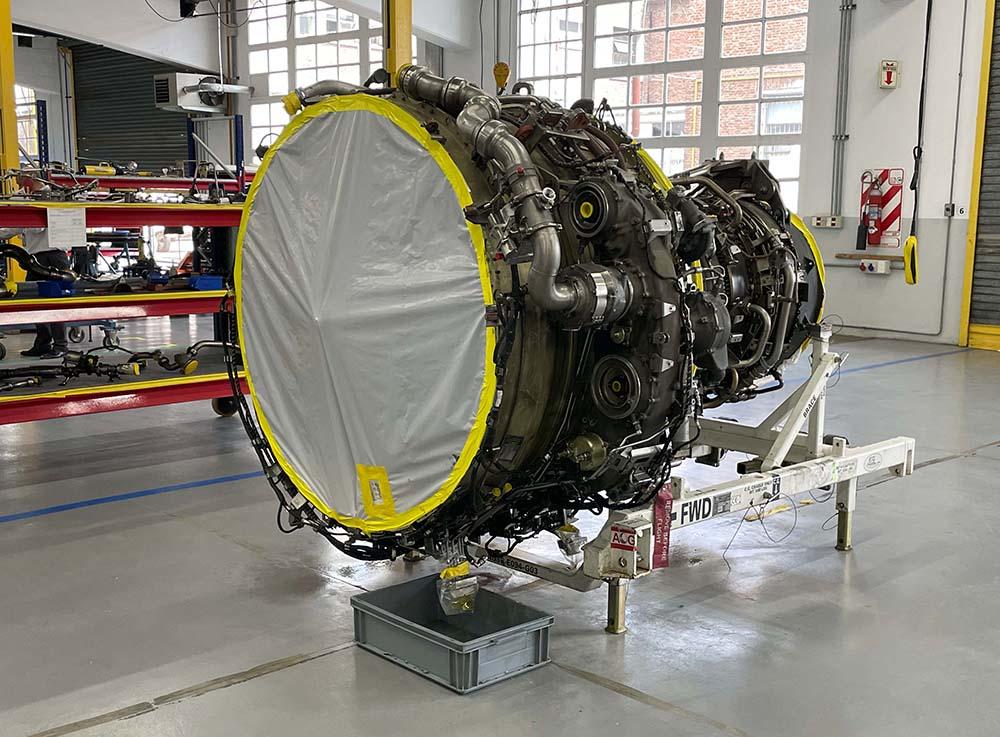
CF34 Service Bulletins
The CF34 engine has been affected by several service bulletins, so that engine has recently consumed much of Aerolineas’ engine shop capacity.
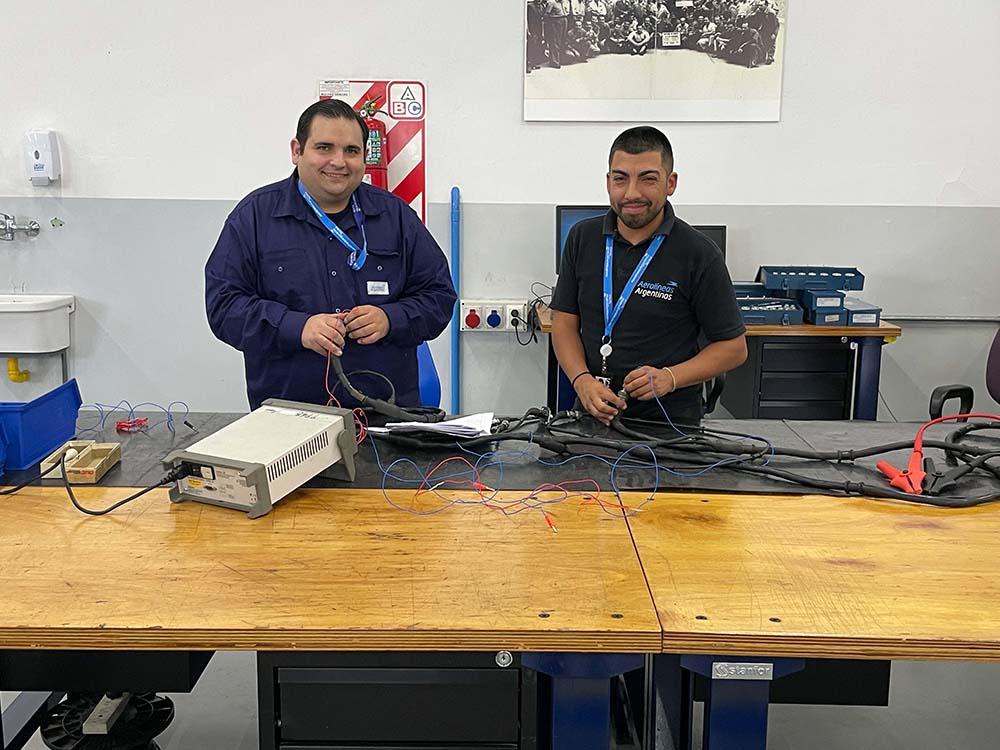
Wire Harness Work
The shop has harness maintenance capability, illustrated here by these friendly technicians.
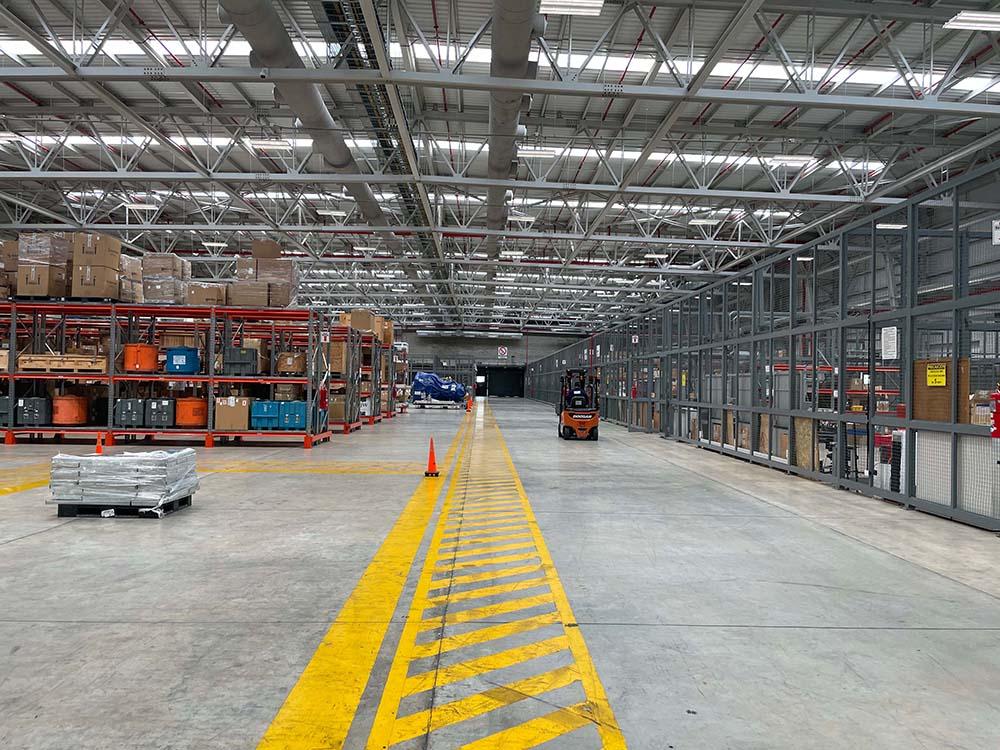
New Storage Facility
Aerolineas Argentinas opened this integrated storage facility about four years ago. Before, spare parts were housed in several locations. The facility has a spares inventory worth $70 million, with more than 50,000 items in stock.
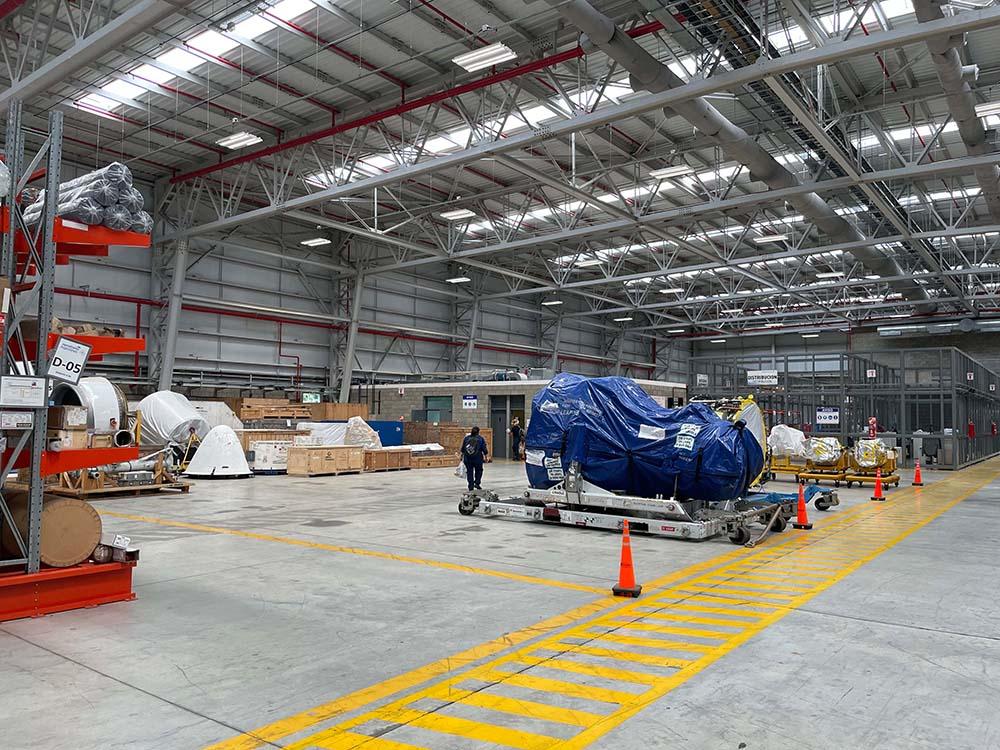
Processing Parts
Inside the facility Aerolineas processes customs for parts, performs incoming inspections and checks, and then moves parts to the receiving area. It has integrated this process into its operations through AMOS MRO software.
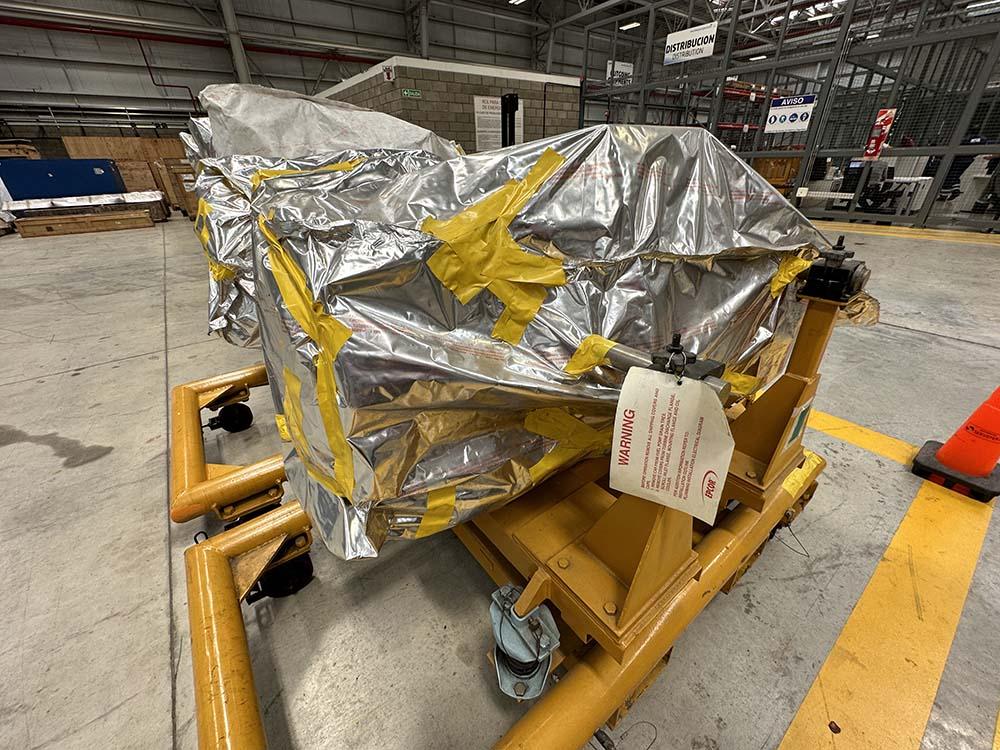
Ready To Ship
An APU ready for shipping in Aerolineas’ warehouse.
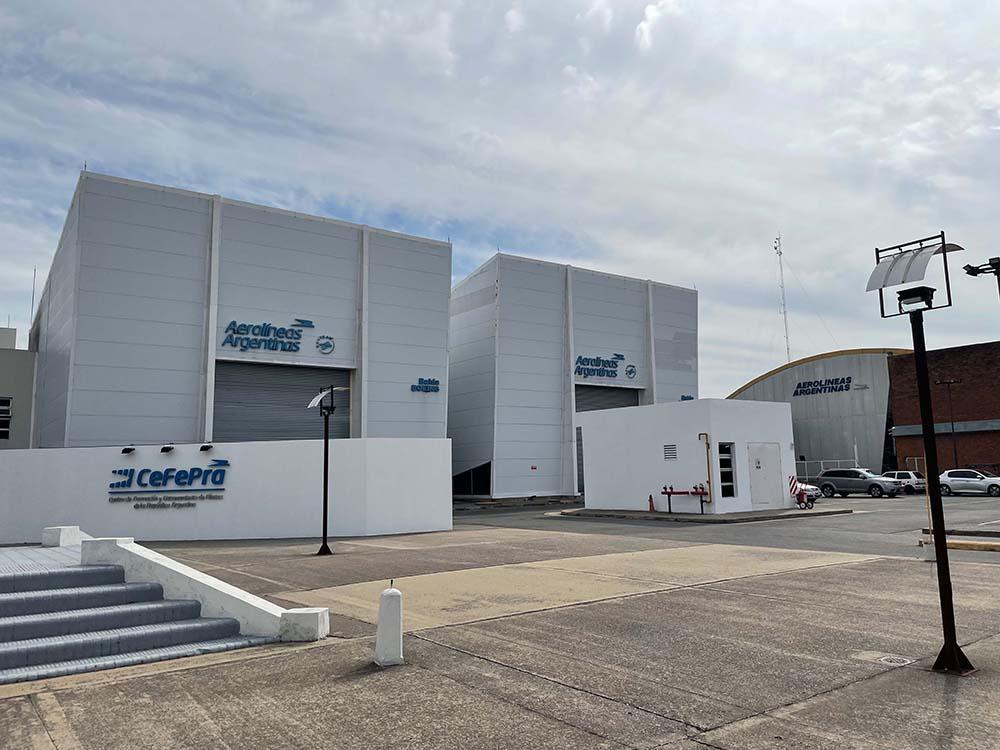
Training Center
Aerolineas Argentinas opened this $25 million training center in 2012. Previously, training was done off-site.
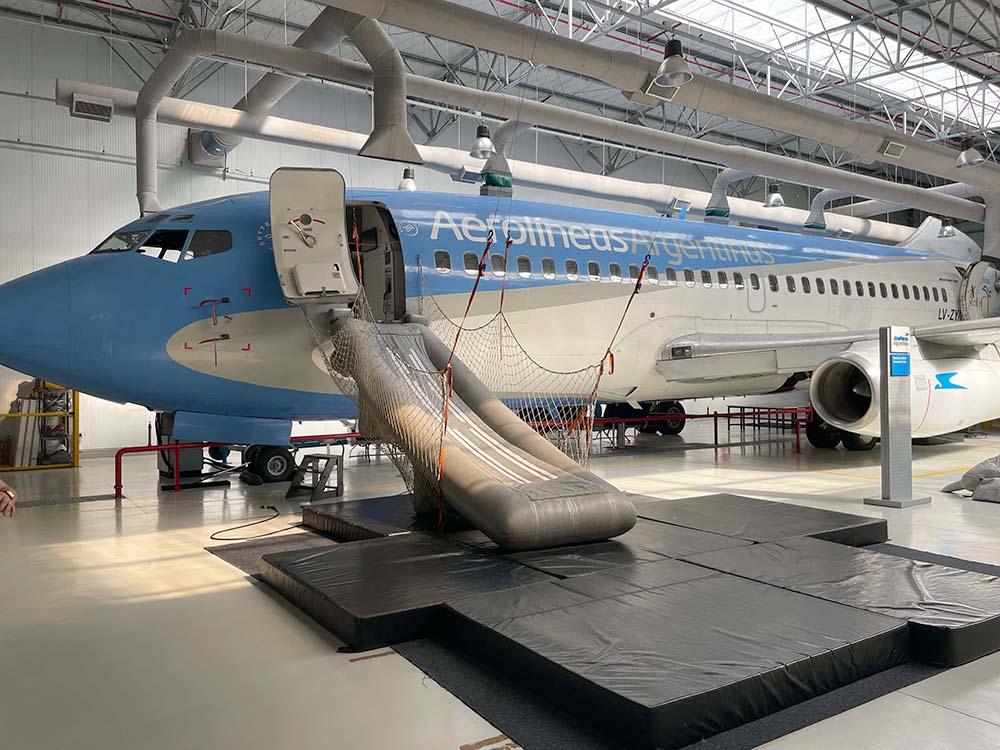
Emergency Procedures Training
This mock-up, created from a former Boeing 737-200, is used to train flight attendants on emergency procedures.

Pilot Training
The training facility includes four full-flight simulators: two for Boeing 737s, one for Embraer E190s and one for Airbus A330s/A340s. While most of this facility is dedicated to training Aerolineas’ 1,200 pilots, if its simulators have extra capacity, it will sell sim time to other carriers.
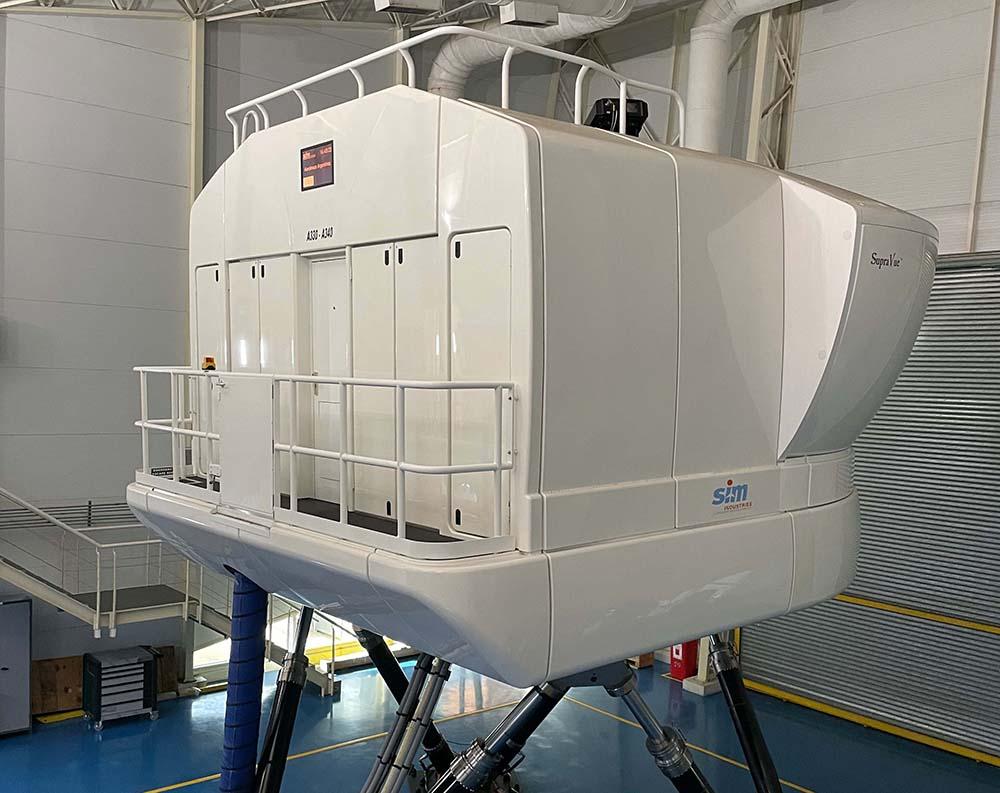
Simulator Versatility
While this training facility primarily trains pilots and flight attendants, some maintenance training, such as engine run up, is done on the simulators.
The A330/A340 simulator from CAE can be configured for either aircraft, although now the airline only flies the A330.
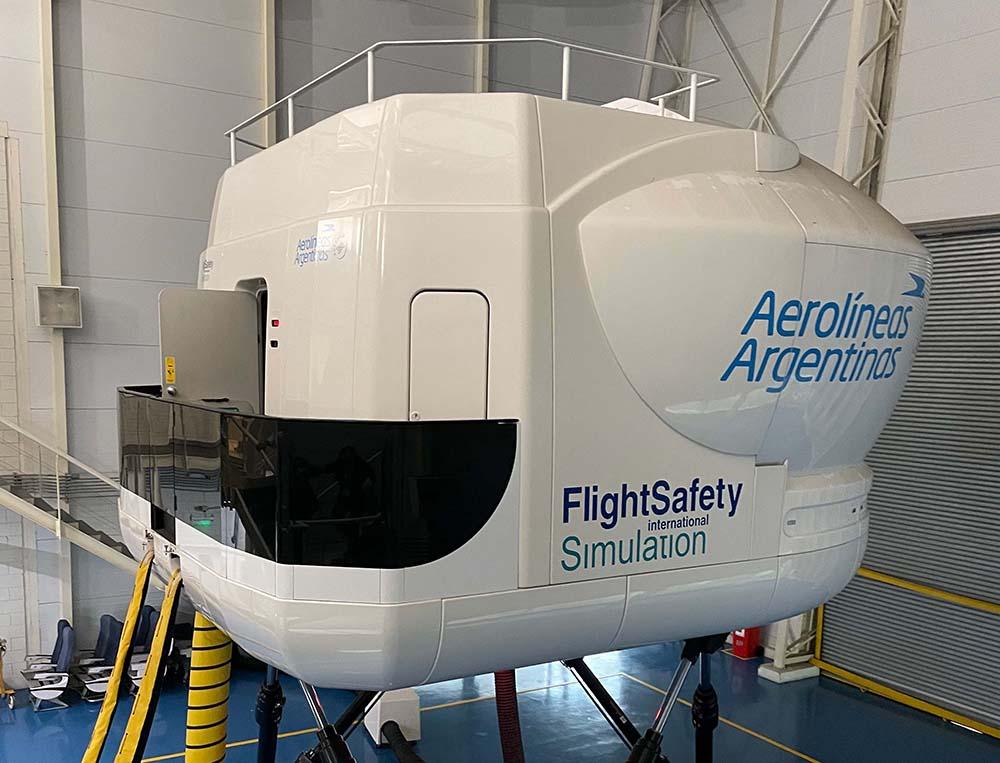
Last Legs
The 737NG simulator from FlightSafety International is in its last year of use. Next year the airline plans to swap it for a 737 MAX simulator.
A look inside the airline’s maintenance and training facilities in Buenos Aires.

